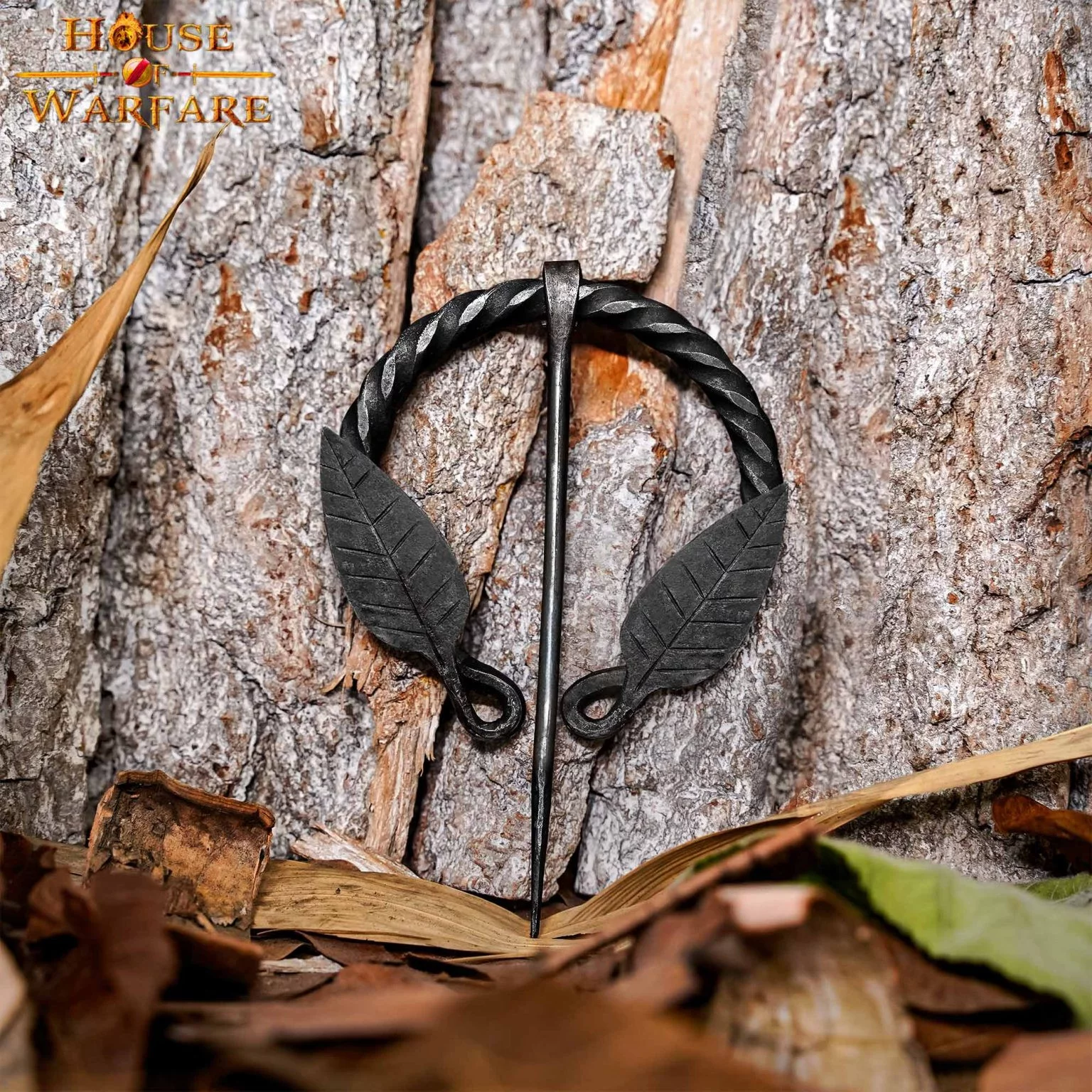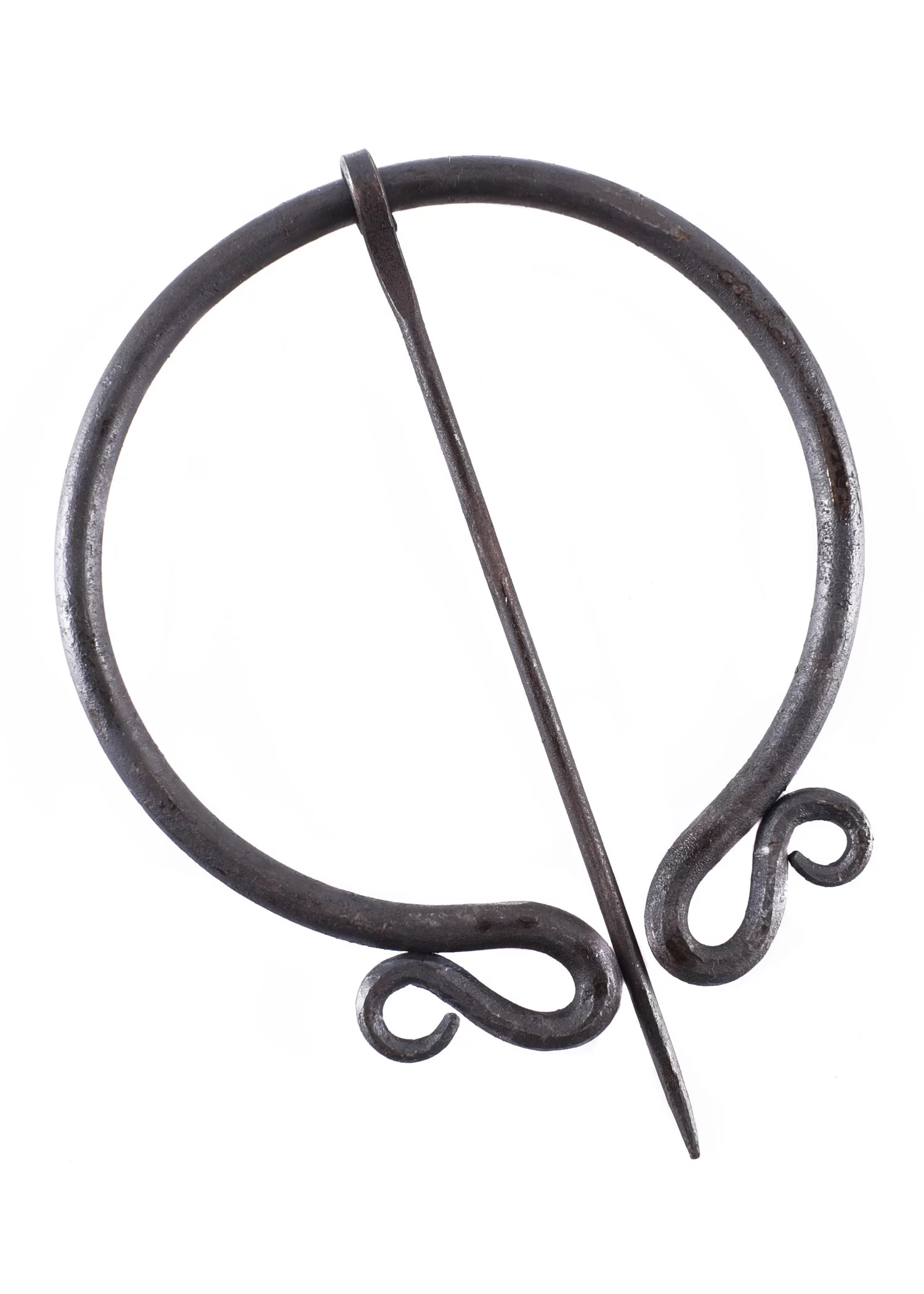What is a fibula?
Throughout the history of fashion, the fibula has played a fundamental role as a practical and decorative element in the clothing of various cultures, especially Roman and Celtic. This article delves into the definition, characteristics, and evolution of fibulae, illuminating their importance in the history of clothing.
What is a Fibula?
A fibula is a type of clasp or pin used to fasten garments, such as tunics and cloaks. Its purpose is to secure parts of a garment, providing both functionality and an aesthetic touch.
Origin and Characteristics
- Definition: Essentially, fibulae are mechanisms that allow the joining of fabrics, preventing them from slipping or separating.
- Uses: Historically used for multi-layered clothing, their design varied in complexity and material, reflecting the social status of the wearer.
History of the Fibula
Fibulae have origins dating back to pre-Roman times, and their use has been recorded in multiple cultures throughout European history.
Fibula in Roman Culture
In ancient Rome, the fibula was not only functional but also a symbol of status. Made with precious metals like gold, silver, and bronze, they were ornamented with techniques like filigree and enamel, making them decorative pieces that represented wealth.

Celtic and Medieval Influences
In Celtic culture, penannular brooches were popular. These were secured through a pin that was inserted and rotated, an ingenious method that demonstrates the technical skill of the time. Over time, styles diversified during the Early Middle Ages, reflecting various artistic and cultural traditions among different ethnic groups.
Significant Examples
- Disc Fibula: This type of fibula features elaborate decoration, often used in medieval women's trousseau, adorned with gold and precious stones.
- Celtic Brooch: Known for its size and style, this brooch aptly represents the fusion of functionality and art in ancient clothing.

| Type of Fibula | Culture | Common Materials | Special Features |
|---|---|---|---|
| Roman Fibula | Roman | Gold, silver, bronze | Filigree and enamel decorations |
| Penannular Brooch | Celtic | Bronze, iron | Pin that swivels to secure |
| Disc Fibula | Early Middle Ages | Gold, silver, precious stones | Richly decorated and symbolic |
















